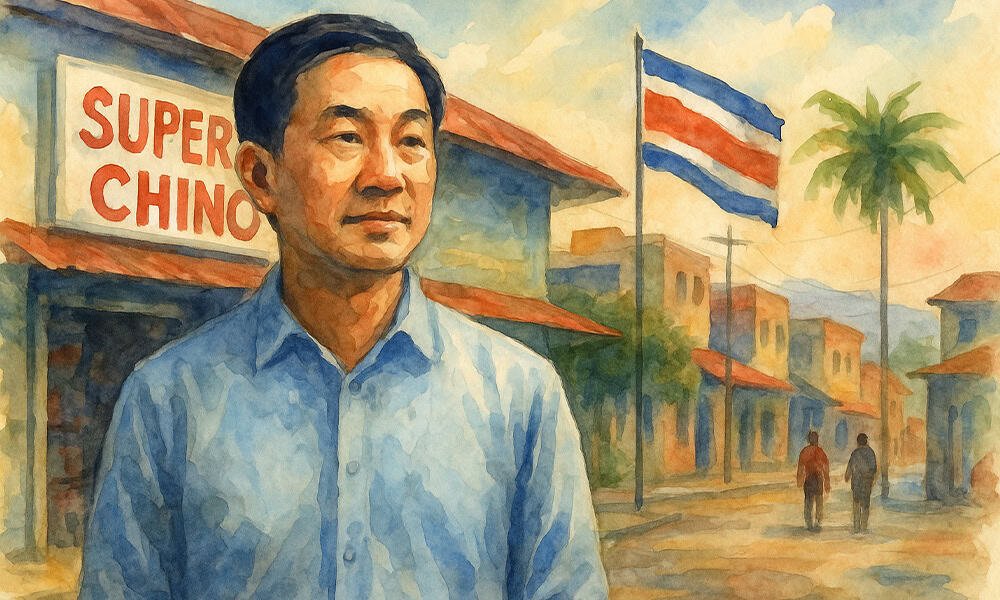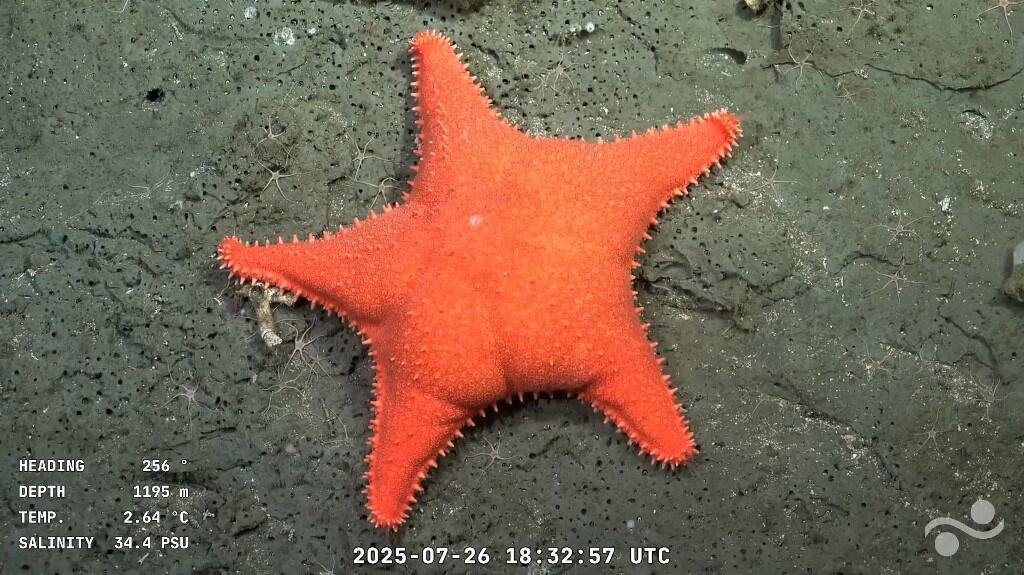Will the 21st Century someday be known as the Chinese century? Time will tell. They seem to be off to a good start when it comes to robotics, AI, and other futuristic technologies. Of course, they also have plentiful cheap labor, a single-mindedness toward work, and a system of government that allows no alternative to obeying orders.
Another factor in their favor is sheer numbers: over 1.5 billion people worldwide, part of a civilization that stretches back several millennia. Their influence now spans continents, reaching deep into Asia, Africa, and Central America.
And right here in Costa Rica. My first week in the country, in a remote small town in Guanacaste, we stopped at a tiny supermarket. To my surprise, it was owned and operated by a Chinese family. Fast forward more than three decades, and the Chinese now dominate the non-chain supermarket business throughout the Zona Sur.
Why? Because they bring the same relentless work ethic, often putting in 80-hour weeks. I doubt many of them came here to vacation or enjoy the scenery—they came to build a future.
It’s worth noting that Ticos generally refer to anyone with Asiatic features as “Chinos.” For example, the ex-mayor of Quepos, a prominent local businessman who is actually Korean, is universally called “Chino.” However, the “Chinos” I am writing about are Han Chinese, mostly Mandarin or Cantonese-speaking. They are a mix of Taiwanese and mainland Chinese.
Until 2007, Costa Rica recognized Taiwan diplomatically. Only a couple of years before the switch, Taiwan financed the construction of the ironically named Friendship Bridge. The friendship ended, however, when mainland China came calling. Costa Rica, like a young woman courted by two suitors, chose the one with the bigger wallet and broader influence.
Beijing rewarded the decision by financing and overseeing the construction of San José’s gleaming National Stadium, a project carried out by 600 imported Chinese workers—much to the dismay of many in the Costa Rican business sector.
But honestly, would a locally managed project have been completed as efficiently or within budget? One only has to look at the recent $40 million runway repair in Liberia, a project handled by a local firm that was so poorly executed it now requires additional costly fixes.
The growing ties between Costa Rica and China can also be seen in education. The CR Universal School offers a Mandarin language program with 15 classes per week, making it the second most popular language at the school after English. Nearly 20 percent of the world’s population is Chinese, and they have maintained a recorded culture for over 4,000 years. Their global influence—and their presence in Costa Rica—continues to expand.
Like it or not, they certainly appear to be “Liú zài zhèlǐ” 留在这里 — here to stay.




